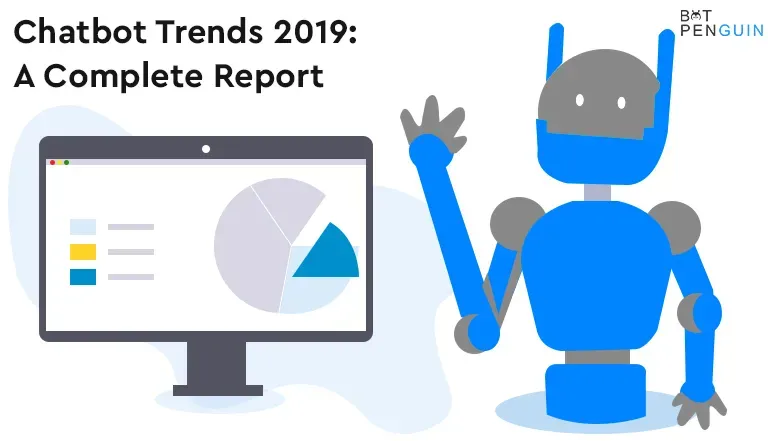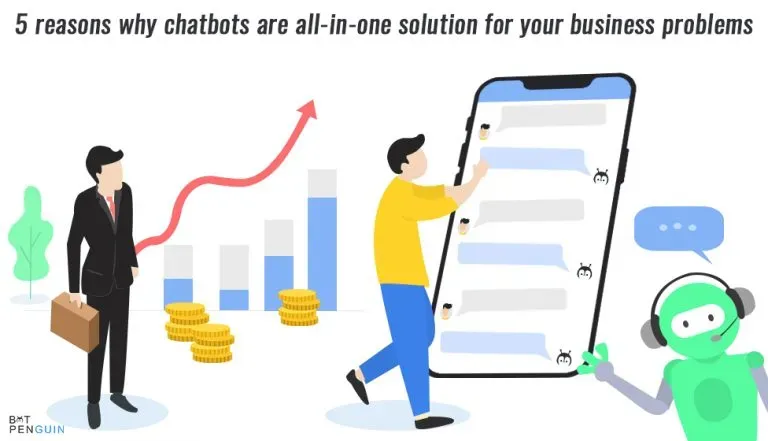ChatGPT is an artificially intelligent chatbot designed for conversation. It can interpret spoken speech and respond with natural-sounding text.
Its disclosure caused a frenzy on the web, with many people both impressed and alarmed by the AI-enhanced robot's apparent intelligence.
Some are hailing it as a viable alternative to Google since it can provide immediate, human-like answers to even the most tricky questions and problems.
What is ChatGPT, exactly?
ChatGPT is a prototype for a conversational artificial intelligence chatbot that can interpret spoken language and produce writing that is very similar to that of a human.
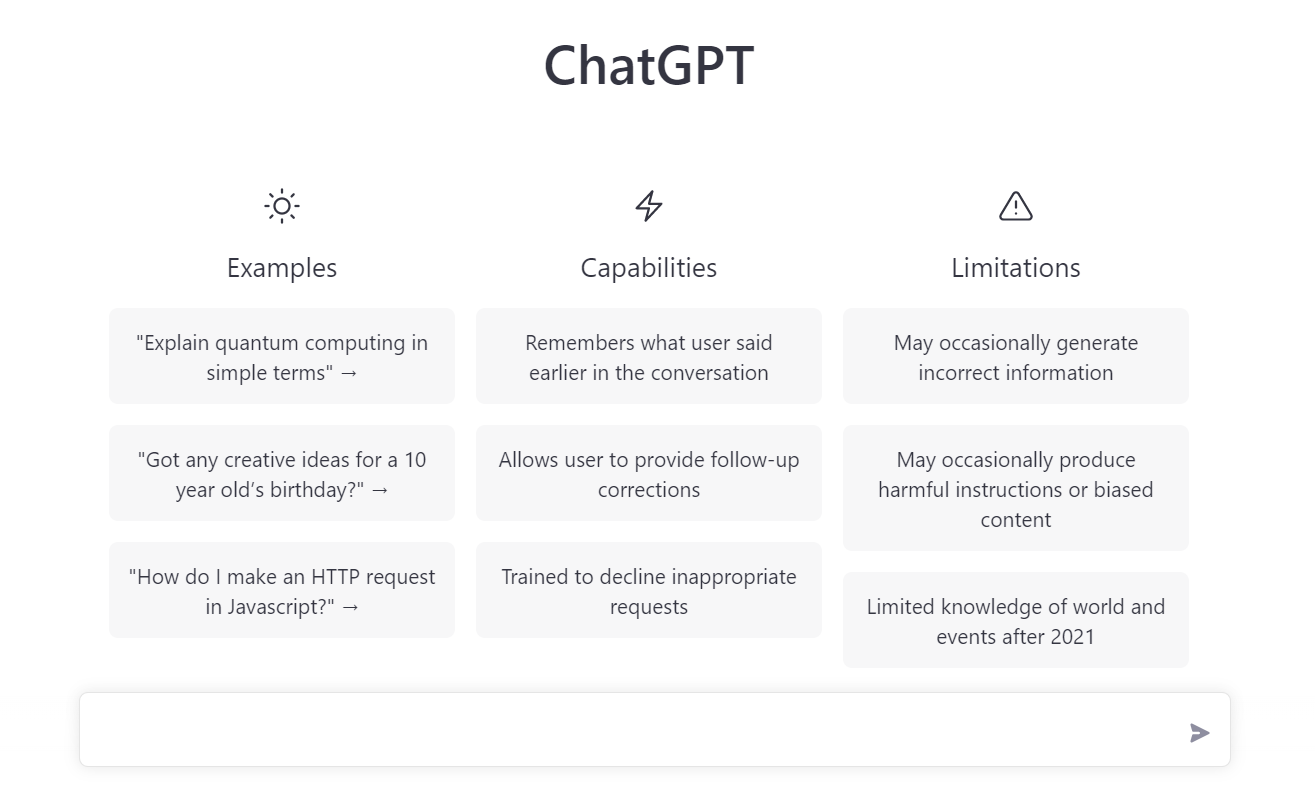
It is the most recent development in the line of text-generating artificial intelligence known as GPTs (Generative Pre-Trained Transformers).
How does the ChatGPT work?
OpenAI claims that ChatGPT is a free service; however, this only applies to the research and testing phase. To begin using the platform, visit the OpenAI website and select the Try ChatGPT option.
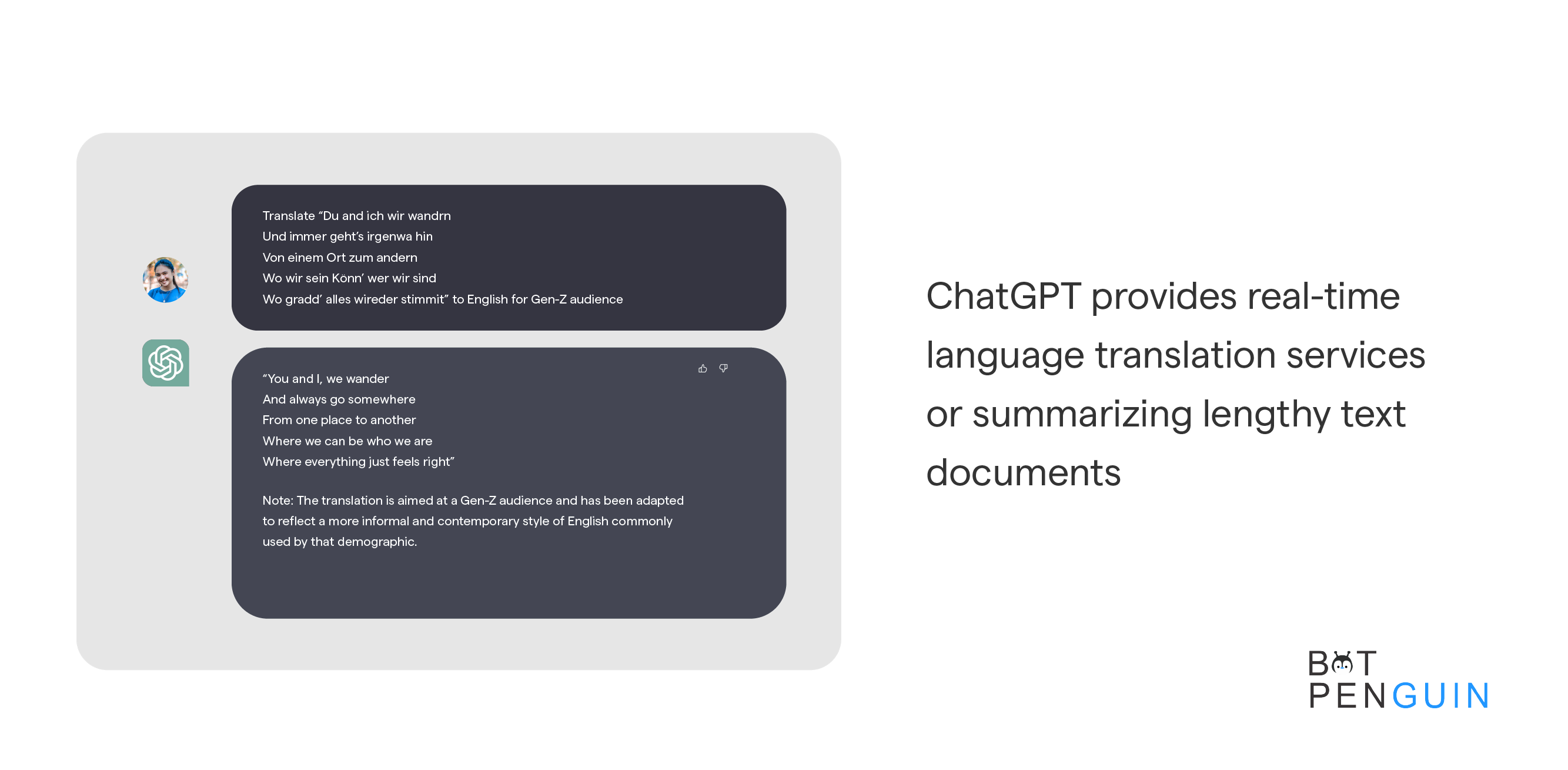
ChatGPT is available after signup or login with your OpenAI account. A sample is provided on the website for customers to use as a guide. OpenAI claims to have used Reinforcement Learning from Human Feedback (RLHF) to make this model more nuanced and conversational.
They have used supervised fine-tuning to train an initial model, with human AI trainers acting as both the user and the AI assistant in a series of discussions. They also gave the instructors sample answers as a guide while writing their own to make them comparable.
As was previously indicated, ChatGPT is free during the sample period. Sam Altman, CEO of OpenAI, has already dropped hints that the company may try to charge users for access to the platform.
"Eventually, we will have to find a way to make money off it because the computing expenses are so high." When questioned in a tweet if the service would remain free indefinitely, he replied, "Yes."
How does this chatbot differ from others like it?
Chatbots are computer programs replicating human conversation or "chatter" via text or voice interactions. Communicating with a natural person is done using texting or text-to-speech technology.
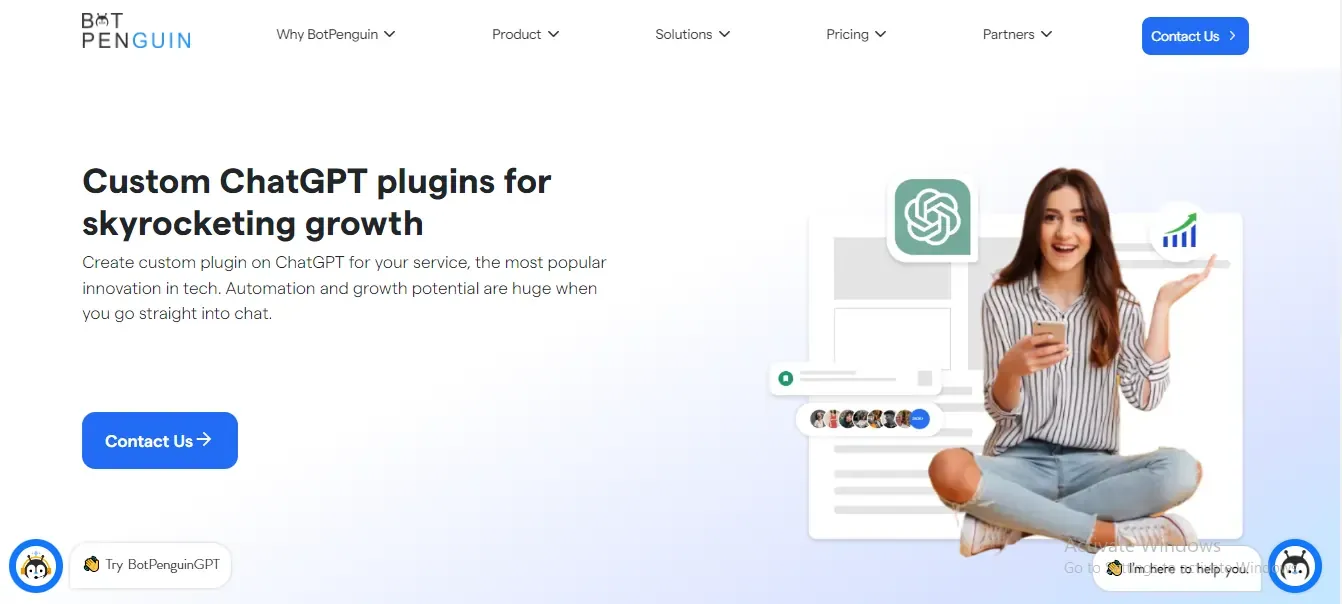
Alternatively, GPT achieves the same results through the application of AI technologies. It will adopt a more conversational tone by responding to follow-up questions, admitting errors, questioning false premises, and declining unnecessary demands.
Here you are done with the basics. But next comes up BotPenguin, a one-stop destination for every ChatGPT solution:
- Whitelabel ChatGPT
- Hire ChatGPT Developers
- Custom ChatGPT Plugins
- Hire Chatbot Developers
- Custom Chatbot Development
- ChatGPT Clone
- ChatGPT Consultant
How ChatGPT Functions?
It uses AI and machine learning to learn from user interactions and give contextually relevant information and responses via a conversational interface rather than pre-programmed or "computerized" answers.
The computer learns from a massive corpus of data collected from the web. The modern artificial intelligence used in this system was developed to maximize usability.
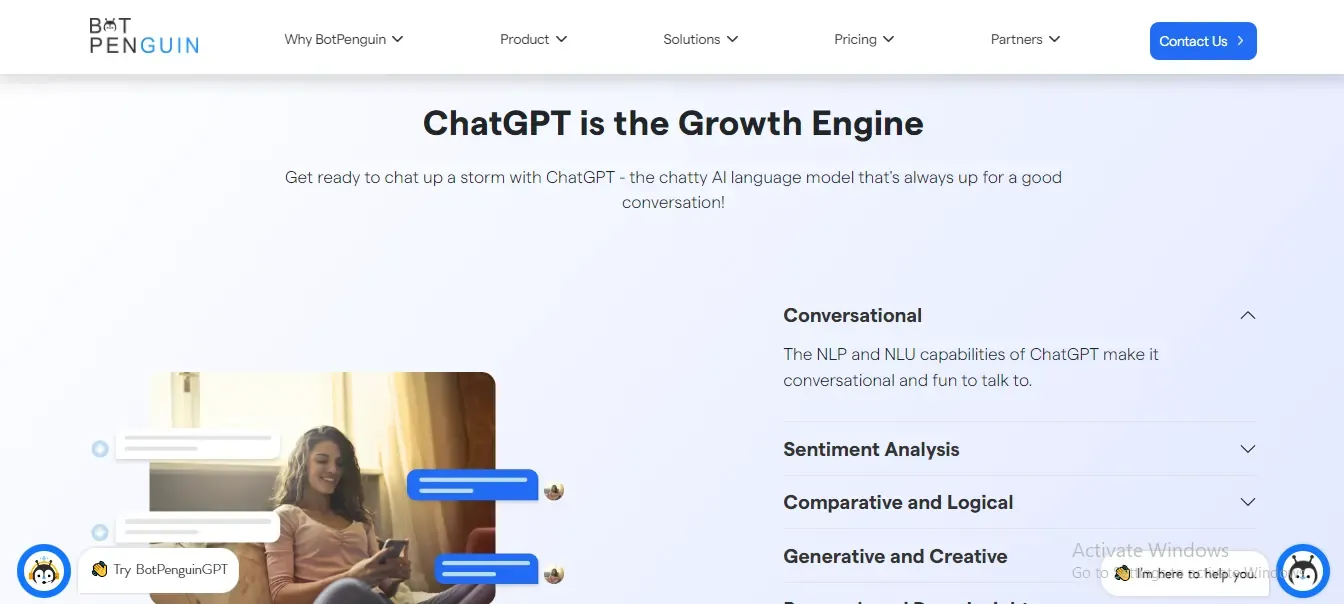
According to a statement released by the study group last week, "the dialogue structure makes it possible for ChatGPT to answer follow-up inquiries, admit its mistakes, faulty dispute premises, and reject unsuitable requests." The bot can remember the user's initial responses and convey them in the current chat.
How exactly will it benefit customers?
It has practical uses, including constructing automated chatbots, answering client questions, and writing website content. It can be a virtual assistant and help the user learn new things.
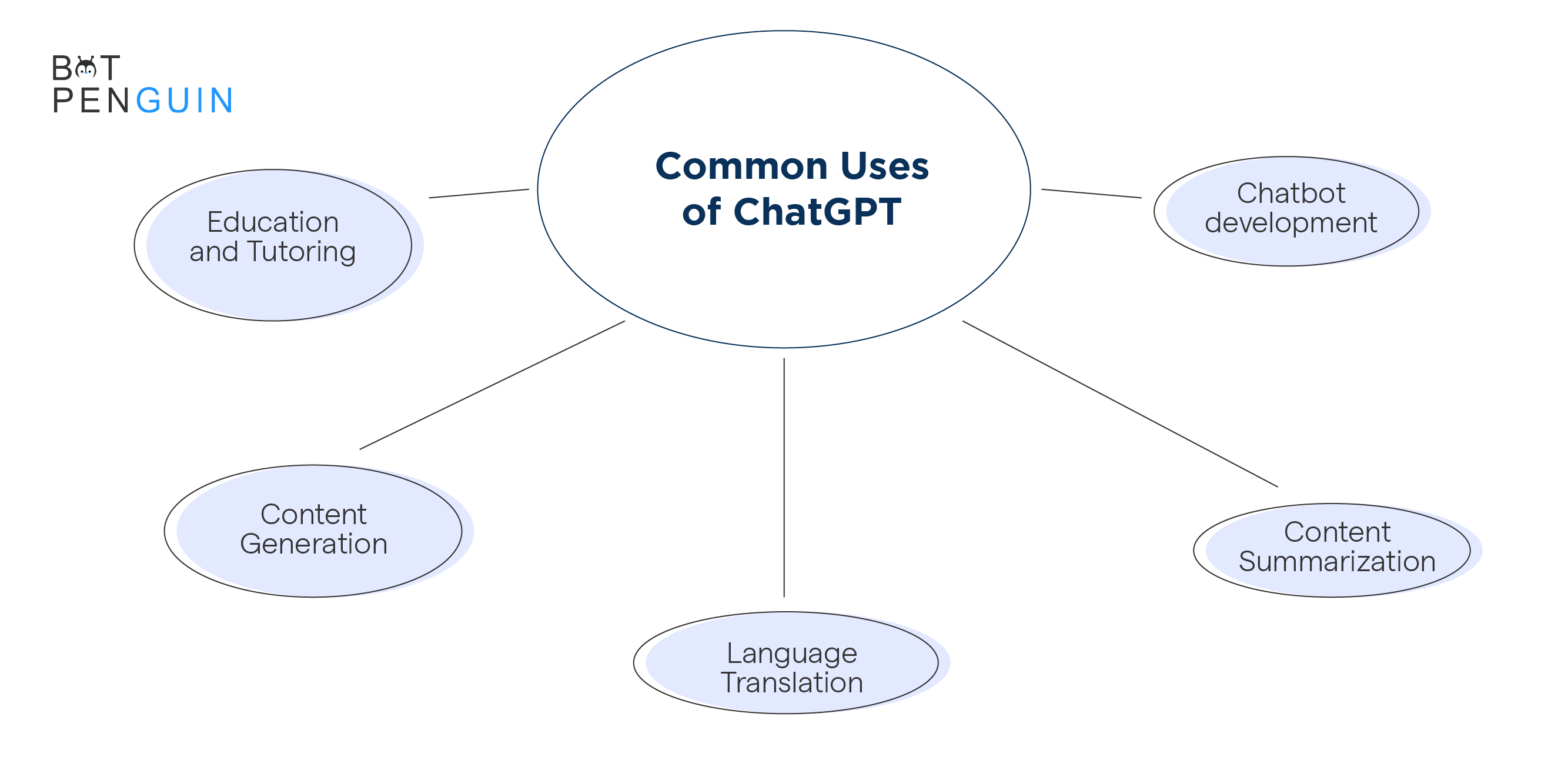
Who made the ChatGPT?
Made by Elon Musk's OpenAI Foundation, a nonprofit dedicated to artificial intelligence research. In late 2015, he and several Silicon Valley financiers, notably technology venture capitalist Sam Altman, formed the company.
However, after he "discovered" that OpenAI was using Twitter's database for "training," the company's CEO resigned from the board and distanced himself from the organization.
Can we expect ChatGPT to take over from humans?
Some have speculated that, given the complexity of the application, jobs requiring creative material, such as playwrights, lecturers, and even programmers and journalists, could be made obsolete.
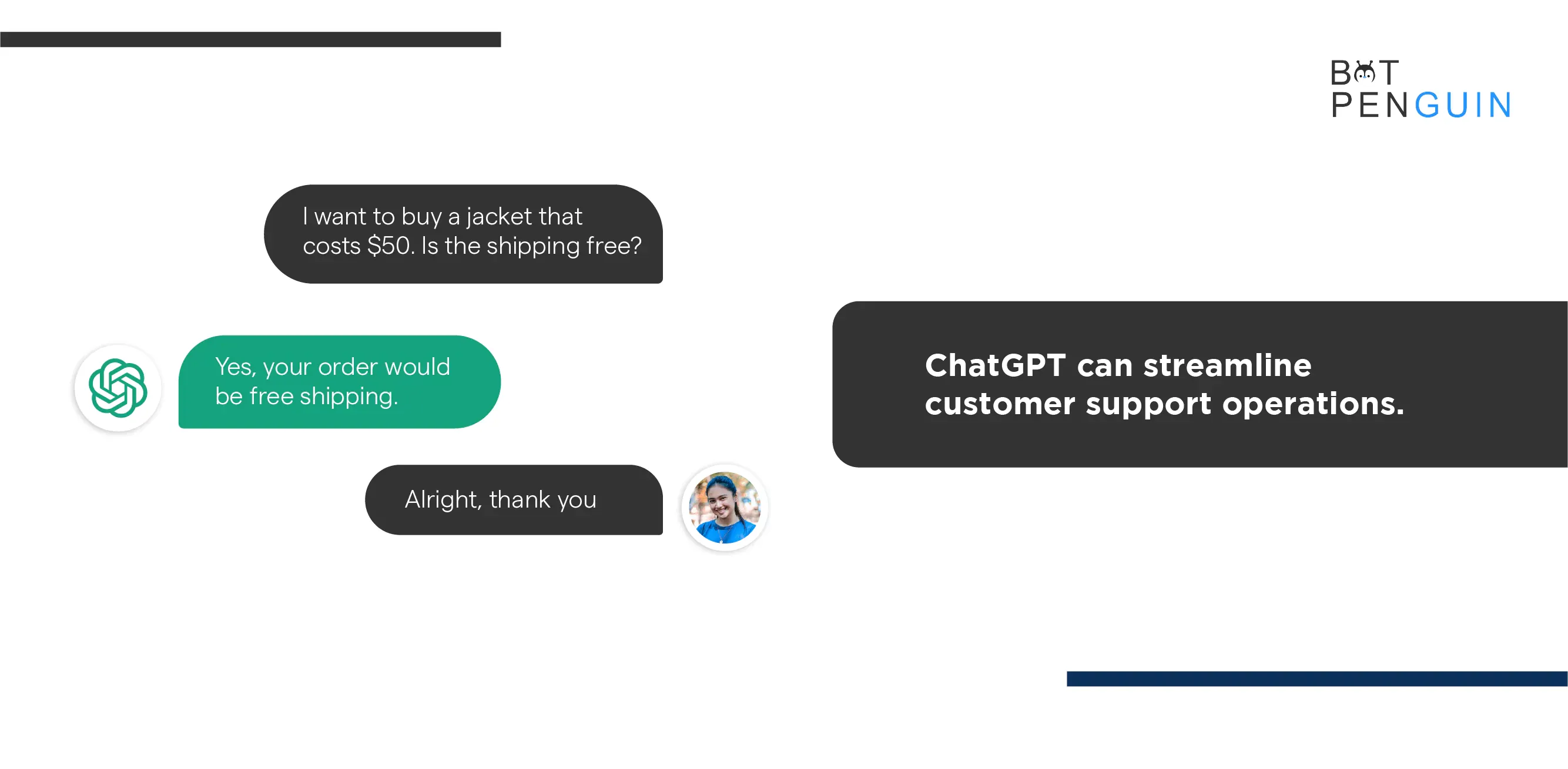
According to the business, its limitations prevent it from being a replacement for people because it can produce "plausible-sounding yet wrong or illogical replies."
In addition, supervised training can be deceptive because the ideal answer can entirely depend on what the model knows rather than what the human demonstrator knows. Also, the lack of a reliable source in the data used to train the model makes it difficult to solve this problem, according to OpenAI.
Does ChatGPT have any restrictions?
ChatGPT represents the cutting edge of the GPT family of Generative Pre-Trained Transformers.
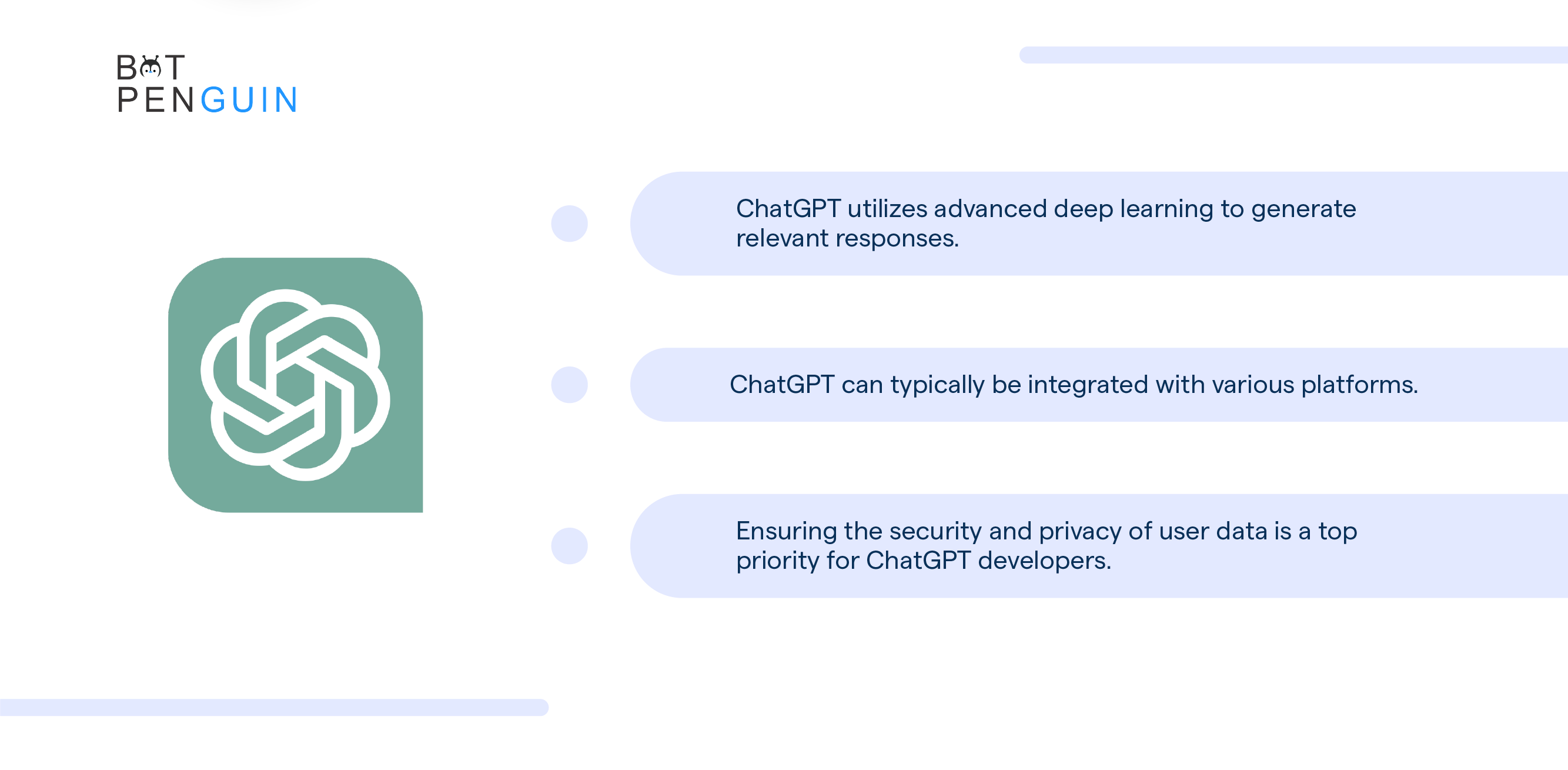
Said it is a cutting edge of artificial intelligence text generator. However, it has flaws and is not perfect.
ChatGPT, developed by OpenAI, has been shown to occasionally produce replies that seem reasonable but are erroneous or make no sense, as acknowledged on the OpenAI website.
The model also tends to be overly flowery and repetitive. The chatbot also takes into account the wording of user queries.
For instance, the model might know the response to a question posed in one way, but it might not know the answer if the question is rephrased differently.
What about ChatGPT? Can it replace Google or Us?
Google is the go-to resource for everyone who needs an instant response to a question. We hope that ChatGPT will be able to provide the same guarantees.
Now, despite the model being the latest generation of technology, it has problems.
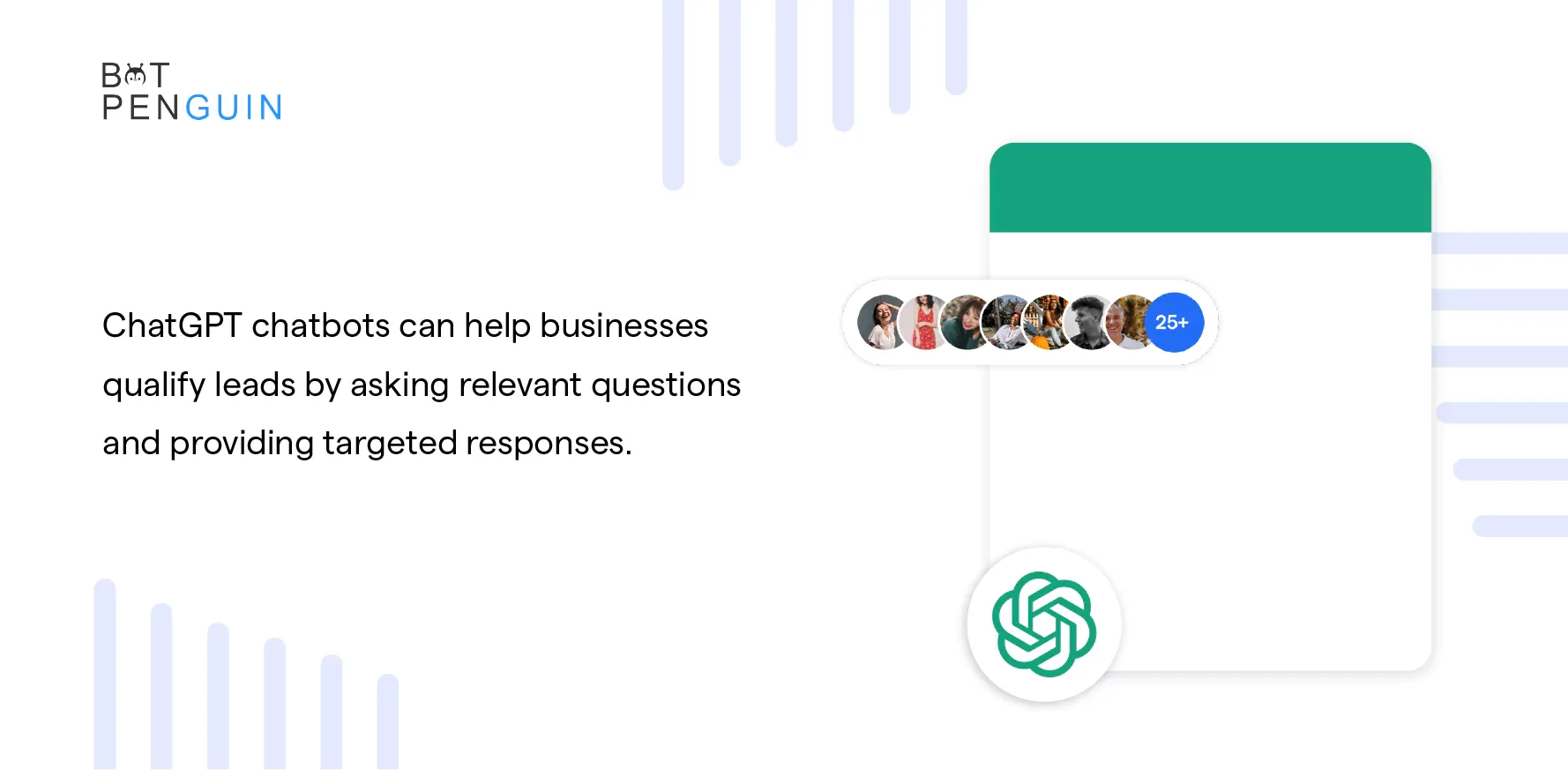
Industry experts have highlighted its flaws. In a series of tweets, UC Berkeley researcher Steven T. Piantadosi demonstrated that ChatGPT contains biases and may be tricked into bypassing its filters.
So, to answer the issue mentioned above, no, ChatGPT cannot replace either Google search or human beings. To put it mildly, for the time being.
Frequently Asked Questions (FAQs)
What is ChatGPT and how does it work?
ChatGPT is a new generation AI chatbot developed by OpenAI.
It works by utilizing a deep learning model called Transformer, which has been trained on a large corpus of text data to generate contextually relevant responses in conversation.
How does ChatGPT differ from traditional chatbots?
ChatGPT differs from traditional chatbots by utilizing a more advanced deep learning model that allows it to generate more coherent and contextually relevant responses.
It also has the ability to understand and respond to a wider range of queries.
What are the applications of ChatGPT in different industries?
ChatGPT has a wide range of applications in industries like customer support, content creation, language translation, virtual assistants, and more.
It can be integrated into various platforms to enhance user interaction and automate certain tasks.
Does ChatGPT support multiple languages?
Currently, English is the primary language for ChatGPT.
However, OpenAI has plans to expand its language support to other languages in the future.
How does ChatGPT handle user privacy and data security?
ChatGPT conversations are logged and may be used by OpenAI to improve the system, but identifying information is removed.
OpenAI has implemented measures to protect user privacy and secure the data it processes.
What are the potential limitations of ChatGPT in conversation handling?
ChatGPT may sometimes produce incorrect or nonsensical answers, be sensitive to input phrasing, rely on prior biases in training data or exhibit verbosity.
It may also struggle with long or highly technical queries.
How can developers improve ChatGPT's performance and reduce biases?
OpenAI encourages developer feedback to improve ChatGPT's performance and mitigate biases.
Active collaboration and ongoing research are vital in refining the system and addressing its limitations.

